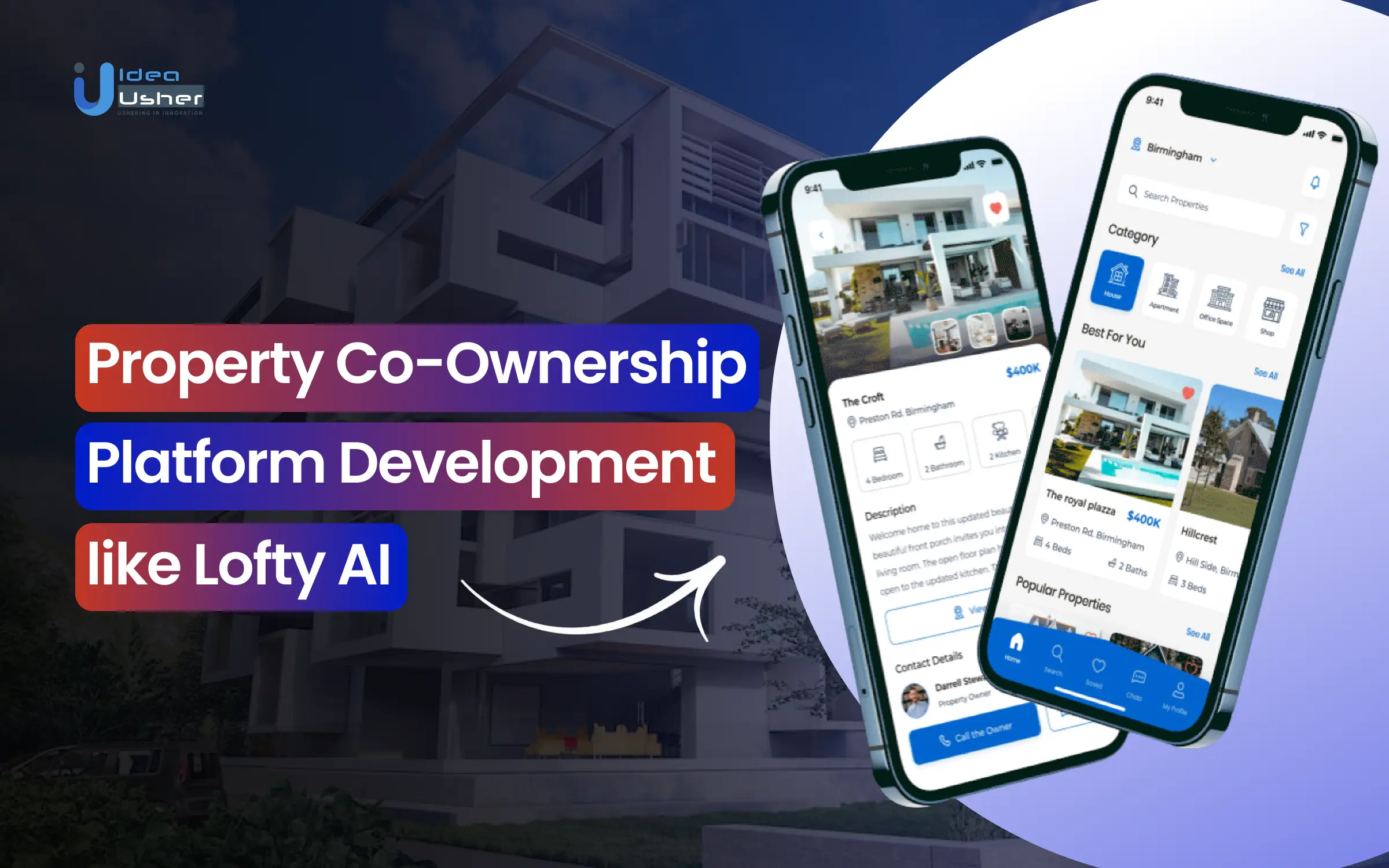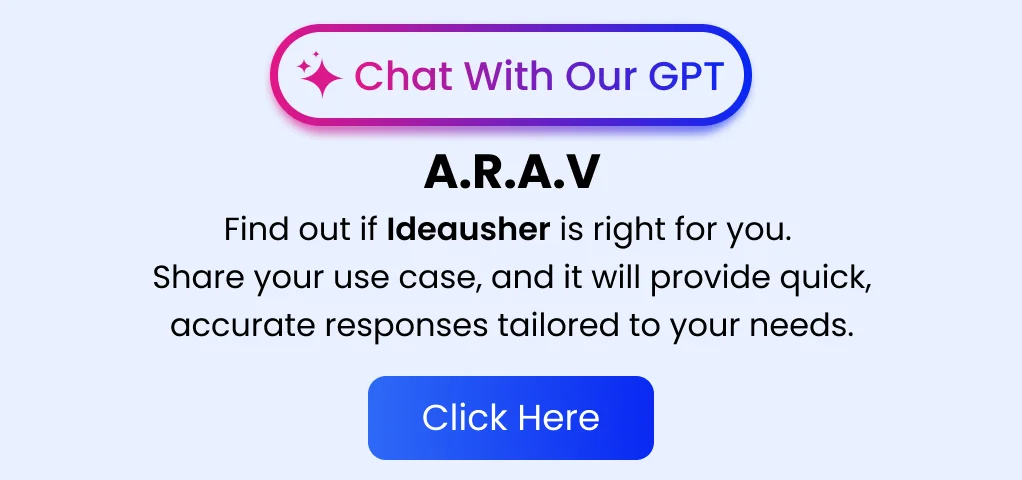Property co-ownership platforms, like Lofty AI, have become a game-changer in the real estate world, making homeownership more accessible for a wider range of people. These platforms allow multiple individuals to share ownership of a property, lowering the financial barrier to entry and enabling more people to invest in real estate. According to Deloitte, 63% of millennials are interested in co-investment models, with many citing affordability as a key challenge to homeownership. This trend is reshaping how people view and approach property investment.
A great example of a successful digital platform in real estate is Zillow, which attracts around 302.8 million monthly visits. Zillow connects users with property listings for sale and rent, offering helpful tools like home value estimates. Their business model revolves around advertising and providing leads to real estate agents, showcasing the massive potential of online platforms in the property sector.
These platforms demonstrate how real estate can be revolutionized by technology and user-friendly services.
If you’re thinking about creating a property co-ownership platform, it’s important to understand how platforms like Lofty AI work. In this blog, we’ll break down the key steps and tools you need to create a platform that today’s investors will love!
Overview of the Lofty AI Platform
Lofty AI is a property co-ownership platform that makes real estate investment easy and accessible by leveraging blockchain technology. Founded in 2018 by Jerry Chu, Mark Keane, and Max Ball, Lofty AI allows users to invest in real estate for as little as $50 through fractional ownership. This model enables individuals to own a share of a property, similar to buying stocks or cryptocurrencies, without needing substantial capital.
Key Features of Lofty AI
- Fractional Ownership: Users can purchase tokens that represent a share in a property, allowing them to earn rental income with minimal upfront investment.
- Smart Tokenization: Properties are thoroughly evaluated by both a local team and Lofty AI’s advanced artificial intelligence, which analyzes various market factors like social media trends and local retail activity to determine a property’s potential value.
- Liquidity and Accessibility: Through blockchain technology, Lofty AI offers a liquid marketplace where users can easily buy and sell property tokens.
How Lofty AI Uses Artificial Intelligence?
Lofty AI leverages artificial intelligence to enhance various aspects of real estate investing, providing a more efficient, precise, and user-friendly experience:
- Property Valuation: Lofty AI uses machine learning algorithms to analyze thousands of historical data points, improving the accuracy of property valuations in just seconds.
- Personalized Investment Insights: The platform’s AI recommends properties based on users’ profiles, risk tolerance, and current market conditions, boosting the likelihood of successful investments.
- Real-Time Market Analytics: Lofty AI continuously tracks over 100 different data points, such as rental yields and vacancy rates, to monitor trends and provide users with up-to-date market insights.
- Risk Assessment: Lofty AI includes an AI-powered risk evaluation tool that assesses the potential risks of investments by analyzing factors like market volatility and tenant reliability, helping users make informed decisions.
Key Market Takeaways for Real Estate Investment Platforms
Source: CustomMarketInsights
This rapid expansion is driven by several key factors, including advances in technology, rising disposable income, increased urbanization, and the growing influence of blockchain. These elements are making it easier for investors to access real estate opportunities while improving the transparency of investments, which makes them more attractive compared to traditional methods.
Several platforms are leading the charge in property co-ownership. For example, Fundrise allows small investors to get involved in real estate projects with low minimum investment amounts. Meanwhile, CrowdStreet specializes in commercial real estate crowdfunding and has gained significant attention for its user-friendly platform and strong investor returns.
Additionally, we’re seeing more partnerships between these platforms and institutional investors as they pool resources for larger projects. This trend is giving everyday investors access to opportunities that were once only available to high-net-worth individuals.
A Perfect Time to Invest in Property Ownership Platform Development
Starting a property co-ownership platform like Lofty AI can be incredibly profitable, especially with the growing demand for shared real estate investments. As property prices rise, many people are looking for ways to get into the market without the heavy financial burden.
Platforms like Pacaso, which allows individuals to buy shares (1/8 or 1/4) of luxury vacation homes, have already seen massive success. With over $1 billion in cumulative revenue as of 2023, it shows just how big the opportunity is for co-ownership platforms, especially in the luxury market.
Co-ownership models are gaining traction, and technology is making it even easier. Luxury Shares, for example, use tokenization to allow investors to buy fractional shares in luxury real estate. Launched in 2018, it was one of the first platforms to do this, paving the way for more accessible, fractional investments in high-end properties. This approach attracts younger, tech-savvy investors who prefer digital platforms that offer transparency and flexibility.
By integrating tools like AI and blockchain, platforms like Lofty AI take things a step further. AI helps with property valuation, investment analytics, and personalized recommendations, while blockchain ensures security and trust in co-ownership agreements.
Did you know that….
Fintor, a fintech startup making real estate investing accessible to non-accredited investors, just raised $6.2 million in a funding extension. This brings their total raised to $9 million and values the company at $80 million! Fintor’s mobile app is now live on both iOS and Android, offering fractional shares in real estate through SEC-regulated LLCs. Backed by notable investors like Public.com, Hustle Fund, and angel investors such as Manny Khoshbin, Fintor is revolutionizing how everyday investors can dive into the real estate market.
Platforms like these show that fractional property investing is more than just a trend—it’s a growing, exciting industry full of opportunities for both businesses and investors!
Work with Ex-MAANG developers to build next-gen apps schedule your consultation now
Business Model of the Lofty AI Platform
Lofty AI operates a tokenized marketplace where real estate properties are listed and sold as digital tokens on the Algorand blockchain. The process begins when a property owner submits their property for listing. Once approved, each property is linked to a newly formed Limited Liability Company, which then issues tokens representing fractional ownership of the property.
These tokens can be bought by investors, allowing them to earn rental income and benefit from property appreciation without needing a large initial investment.
- Fractional Ownership: Investors can buy tokens representing a share in a property, starting at just $50 each, making it easy to invest in real estate with a small budget.
- Daily Rental Income: Token holders receive rental income, which is distributed daily. This boosts liquidity and provides a steady cash flow for investors.
- Blockchain Integration: By using Algorand’s blockchain, Lofty ensures that transactions are quick, secure, and have low fees, making the buying and selling process seamless.
Lofty AI makes it easy for users to purchase tokens using credit cards or bank transfers, so they don’t need a cryptocurrency wallet to get started.
Revenue Model
- Transaction Fees: Lofty charges a 2.5% fee on each transaction (both purchases and sales) within its marketplace.
- Payment Processing Fees: Depending on the payment method, users may incur additional fees. Credit card payments, for instance, have a processing fee ranging from 2.9% to 3.9%, depending on the user’s location.
Financial Performance
Lofty AI has raised over $6 million in funding from prominent venture capital firms like Y Combinator, Rebel Fund, and Jason Calacanis. This financial support has helped the company expand its platform and attract both individual and institutional investors who are eager to explore new opportunities in real estate.
Funding Rounds
Lofty AI’s funding journey reflects its growth and innovation:
- Pre-Seed Round: Announced on May 7, the company began its journey with initial support.
- Seed Round: In August 2019, Lofty raised $800,000 from investors like AltaIR Capital, Mehta Ventures, Rebel Fund, VentureSouq, and Y Combinator.
- Follow-Up Seed Round: In August 2020, Lofty secured another $1.2 million to continue growing its platform.
- Debt Financing: On March 9, 2021, Lofty raised $3 million through debt financing to further expand its reach.
With this backing, Lofty AI continues to innovate and expand its marketplace, providing new ways for people to invest in real estate.
Development Steps for a Property Co-Ownership Platform like Lofty AI
A property co-ownership platform like Lofty AI integrates real estate with blockchain technology, enabling fractional ownership through tokenization. Developing such a platform requires meticulous planning and execution across several key stages.
1. Define the Platform’s Vision and Features
The first step involves identifying the platform’s core objectives. Key features such as property tokenization, a marketplace for buying and selling tokens, rental income distribution, and blockchain integration must be outlined. A clear vision ensures a cohesive development process.
2. Conduct Market Research and Legal Analysis
Understanding the target audience and market demands is crucial. Research regulatory requirements for property tokenization and compliance with local laws in the regions where the platform will operate. This step ensures the platform adheres to legal standards.
3. Design the Platform Architecture
Develop a scalable and secure architecture. Include modules for user registration, property listing, token management, payment processing, and legal documentation. Blockchain technology should be integrated to support tokenization and transaction transparency.
4. Choose the Blockchain Technology
Select a blockchain network that offers scalability, low transaction costs, and smart contract functionality. Platforms like Algorand, Ethereum, or Binance Smart Chain are ideal for tokenization and decentralized operations.
5. Develop Smart Contracts
Smart contracts automate the tokenization process and manage fractional ownership. They handle critical functions like issuing tokens, distributing rental income, and recording transactions. The contracts must be thoroughly tested for security and accuracy.
6. Build the Property Evaluation and Listing Module
This module allows property owners to submit listings for evaluation. Incorporate features for automated or manual property assessment, covering parameters such as rental history, location, and condition. The review should ensure quality and compliance.
7. Create the Investor Marketplace
Develop an intuitive marketplace where users can view property tokens, analyze investment opportunities, and complete transactions. Include filters for location, property type, and rental yields. Ensure the marketplace offers seamless token trading without lock-up periods.
8. Integrate Payment Gateways and Rental Income Distribution
Include multiple payment options, such as credit cards, bank transfers, and cryptocurrencies, to enhance accessibility. Automate rental income distribution based on token ownership, ensuring transparency and efficiency.
9. Launch, Test, and Scale the Platform
Begin with a beta launch to gather user feedback and identify potential improvements. Conduct rigorous testing for performance, security, and compliance. Gradually scale the platform by adding new properties, features, and geographical regions.
Cost of Developing a Property Co-Ownership Platform like Lofty AI
| Development Stage | Description | Estimated Cost Range |
| 1. Research & Planning | – Market Research: Analyzing competitor platforms, identifying target audience, understanding market trends, and regulatory landscape.- Business Model Development: Defining revenue models, target audience, and go-to-market strategy.- Feasibility Study: Evaluating technical feasibility, financial viability, and potential risks. | $5,000 – $15,000 |
| 2. Front-End Development | – UI Design: Creating a visually appealing, user-friendly interface for web and mobile platforms (if applicable).- UX Design: Ensuring smooth navigation, intuitive interactions, and a seamless user journey.- Development: Building the front-end using technologies like HTML, CSS, JavaScript, and frameworks such as React, Angular, or Vue.js. | $15,000 – $30,000 |
| 3. Back-End Development | – Property Listing & Management: Features for listing properties, managing property data, and displaying information to investors.- Fractional Ownership Tracking: System to manage fractional shares, track changes, and calculate returns.- Secure Payment Processing: Integration with payment gateways for secure transactions.- Investor Onboarding & KYC/AML: Robust processes for investor compliance and account management.- Communication & Messaging: Tools for communication between investors, property managers, and administrators.- Database Design: Secure, scalable database for managing platform data. | $20,000 – $40,000 |
| 4. App Features (Optional) | – Mobile App Development: Native iOS and Android apps to enhance user experience.- Push Notifications: Timely updates and alerts for users.- Geolocation Services: Property searches and location-based services integration. | $10,000 – $20,000 |
| 5. Testing & Quality Assurance | – Unit Testing: Testing individual platform components for functionality.- Integration Testing: Ensuring seamless interaction between platform components.- User Acceptance Testing (UAT): Involving real users for feedback.- Bug Fixing & Refinement: Resolving identified issues during testing. | $5,000 – $10,000 |
Total Estimated Cost: $10,000 – $100,000
Factors Affecting the Development Cost of a Property Ownership Platform
Several factors can significantly impact the development cost of a property co-ownership platform like Lofty AI.
- Property Data Integration: Integrating with property data providers, market analysis tools, and property management systems can add complexity and cost.
- Regulatory Compliance: Ensuring compliance with securities regulations, KYC/AML requirements, and real estate laws can require significant legal and compliance expertise.
- Fractional Ownership Logic: Developing robust algorithms for managing fractional ownership, calculating returns, and distributing profits can be complex and time-consuming.
- Risk Management: Implementing features for risk assessment, due diligence on properties, and managing potential legal and financial risks adds to development complexity.
Conclusion
Creating a property co-ownership platform, like Lofty AI, opens up real estate investment to more people by lowering the barriers to entry. This makes it easier for everyday individuals to diversify their portfolios and tap into the potential of real estate, which has traditionally been a harder asset class to access. For businesses, this presents an exciting opportunity to build similar platforms, generating income through platform fees, management fees, and possibly even taking equity stakes in the properties listed. These platforms also have the potential to innovate the real estate market, simplify processes, increase transparency, and connect investors with attractive opportunities.
Looking to Develop a Property Co-Ownership Platform like Lofty AI?
At Idea Usher, we’re here to help you create a game-changing platform that makes real estate investment accessible to all. With over 500,000 hours of coding experience, we’ll design a smooth, user-friendly platform packed with powerful features like property listings, fractional ownership management, secure payments, and easy investor onboarding. Our goal is to connect investors with exciting real estate opportunities while helping you generate a steady income through platform fees, management fees, and potentially equity stakes. Let’s work together to transform the real estate investment landscape!
Work with Ex-MAANG developers to build next-gen apps schedule your consultation now
FAQs
Q1: How to develop a property ownership platform?
A1: To develop a property ownership platform, first outline the core functionalities such as property listings, secure transactions, ownership management, and user profiles. Choose a reliable technology stack for both front-end (e.g., React or Angular) and back-end (e.g., Node.js or Python) development. Ensure the platform is scalable and integrates essential services like payment gateways, legal document handling, and communication tools.
Q2: How does a property ownership platform make money?
A2: A property ownership platform can generate revenue through transaction fees or commissions charged on each property purchase, sale, or lease agreement. It may also earn from premium services like enhanced property listings, marketing, or advanced analytics for investors. Subscription models for exclusive content, property management tools, or member-only access can be additional revenue streams.
Q3: What are the features of a property ownership platform?
A3: Key features of a property ownership platform include property search and listings, detailed property information, secure payment systems, user registration, and profile management. It may offer transaction tracking, digital contract signing, legal documentation handling, and ownership management tools. Advanced features include property valuations, market trends, investment opportunities, virtual tours, a marketplace for buying or selling shares, and customer support channels.
Q4: What is the cost of developing a property ownership platform?
A4: The cost of developing a property ownership platform depends on the complexity of the features, design, and the development team’s location. Developing a basic platform with property listings and payment processing will be less expensive compared to a comprehensive platform with advanced features like virtual tours, real-time analytics, and blockchain-based ownership tracking.




















